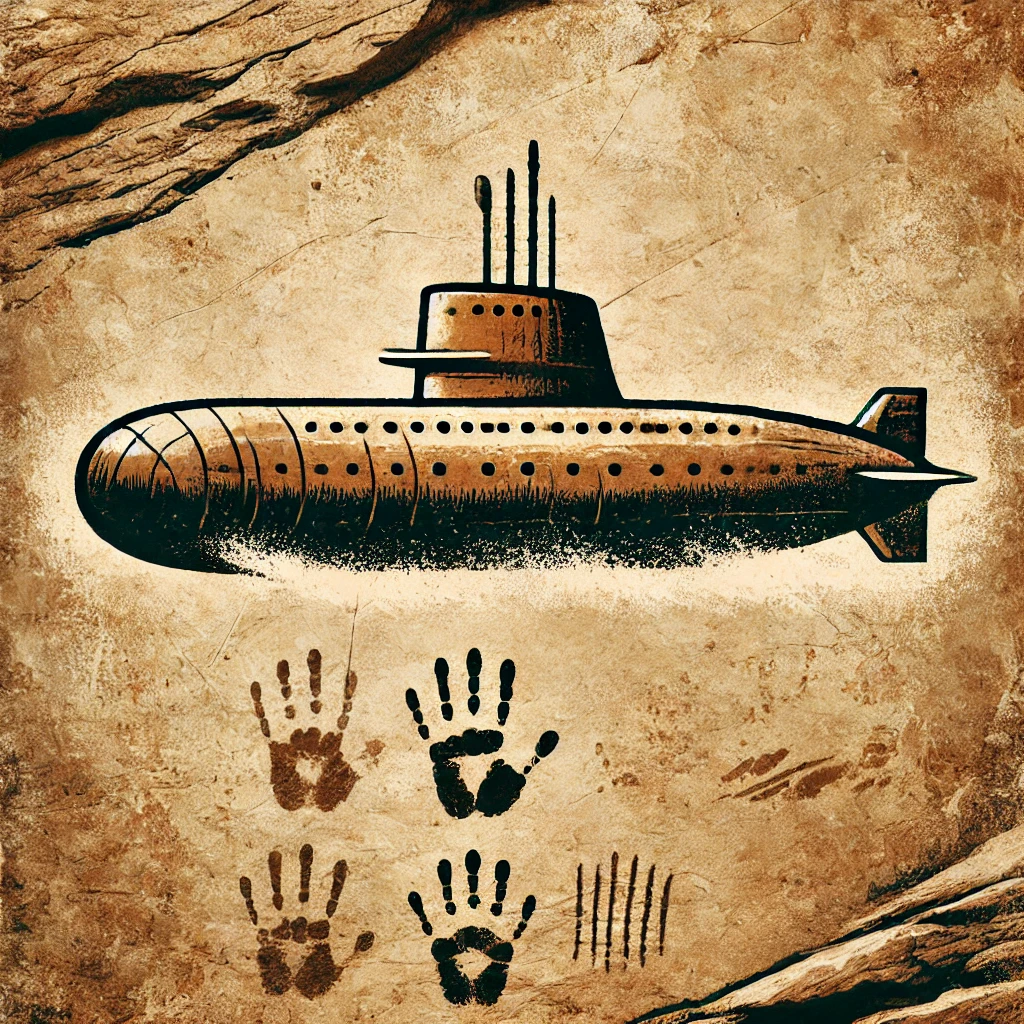Thermal Camera Drones: everything you need to know before choosing one
When we think of drones, the first image that comes to mind is stunning aerial footage—videos of landscapes that look like they’re straight out of a movie. But there’s another world beyond the visible spectrum, one where normal sight isn’t enough, and where thermal camera drones play a decisive role. These drones aren’t designed for capturing vacation memories—they reveal what the human eye can’t see: heat. And that’s where the key question arises: do you really need a thermal drone, or will a regular camera drone do? The answer lies in understanding what they are, how they work, and what they’re used for. Only then can you make an informed decision—without overspending or getting carried away by flashy marketing.
What it means to have a thermal camera on a drone
A thermal camera doesn’t work with visible light like a phone or regular camera. Instead, it detects infrared radiation—the energy objects emit as heat. What it produces isn’t a conventional photo, but a temperature map where warm and cool areas stand out clearly, even in complete darkness or through smoke and fog. Mounting this kind of camera on a drone turns it into a tool that delivers information otherwise impossible to gather from the air. Imagine a rooftop losing heat in winter, a forest where someone is missing at night, or a power line with a hot spot indicating a fault. In all those cases, a normal camera would show only vague shapes, while a thermal one pinpoints the problem precisely.
Real-world applications of thermal drones
The appeal of this technology lies in its practicality. In security, thermal drones can monitor large areas at night, detecting movements or intrusions that would otherwise go unnoticed. In search and rescue operations, they become vital allies, helping locate people trapped under rubble or lost in forests—where body heat stands out from the surroundings. They’re also used in wildfire monitoring, helping teams identify active hotspots and areas at risk. In industry, the value is just as high. Energy companies use them to inspect transmission lines without sending technicians up dangerous towers. In construction and maintenance, they detect heat leaks in buildings—data crucial for improving energy efficiency. Even in agriculture, thermal drones have become indispensable, showing crop areas lacking water long before the symptoms appear to the naked eye. These examples aren’t futuristic—they’re already part of daily workflows across multiple sectors.
Key differences from drones with standard cameras
The main distinction is purpose. A regular drone focuses on visual beauty; a thermal drone delivers functional information. A standard camera captures color and detail but depends on light and visibility. A thermal camera, on the other hand, reads temperature differences invisible to the eye. That doesn’t mean one is better than the other—it means they serve different needs. For most users who just want to film landscapes or learn to fly, the extra cost of a thermal system isn’t justified. But for professionals in safety, rescue, or inspection, the difference is enormous. It’s not a luxury—it’s a necessity.
Price and factors to consider before investing
One of the first surprises newcomers encounter is price. Thermal drones are significantly more expensive than those with regular cameras. This is because infrared detection technology is complex and costly to manufacture. Before deciding, clarify your purpose. For casual flying or photography, it’s unnecessary. But for professionals who need accurate data, the investment pays off through time savings, risk reduction, and operational efficiency that quickly offsets the upfront cost. When evaluating, don’t focus only on the camera—consider flight endurance, image interpretation software, and after-sales support. Not all thermal drones are built for the same level of demand, so it’s crucial to match features to your real workload.
Safety, limitations, and realistic expectations
Thermal drones are also about safety. They allow inspections in hazardous environments without putting people at risk. Checking a fire zone, climbing a power tower, or exploring a smoke-filled area becomes far safer when done remotely. Still, it’s important to stay realistic. Thermal cameras don’t deliver colorful, detailed images or clear facial recognition. They display heat patterns that require training to interpret correctly. Moreover, drones equipped with them are usually heavier and demand more careful handling. Understanding these limitations helps prevent disappointment or misuse. These aren’t toys or recreational gadgets—they’re specialized instruments with clear value in specific scenarios.
Ultimately, choosing between a standard camera drone and a thermal drone depends entirely on your mission. If your goal is cinematic footage or fun, a regular camera is more than enough. But if you need to see beyond the visible spectrum—whether for safety, rescue, or industrial analysis—a thermal drone becomes indispensable. The key is identifying your real need; once you do, both the price and the investment will make perfect sense.




